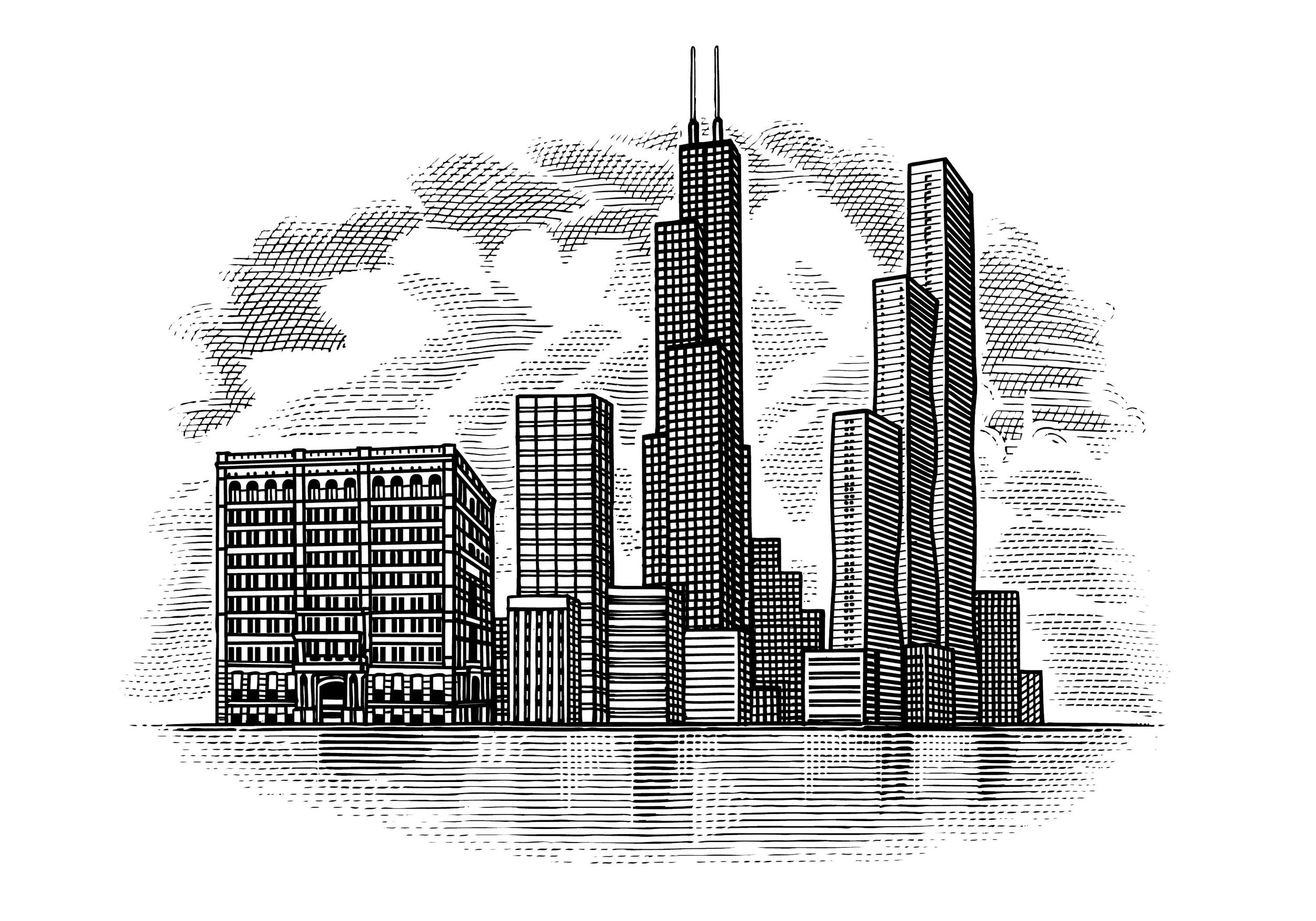Opinion: Chicago Loses When Institutions Vanish
Photo courtesy of Craig Shimala via YouTube
The ownership group of the John Hancock Center announced recently that the namesake company requested its name be removed from the building. The tower will now go by it’s simple street address: 875 N. Michigan Avenue.
This is not the first Chicago institution to change its name. White Sox fans lamented when Comiskey Park became U.S. Cellular Field and again when it became Guaranteed Rate Field.
Long time residents protested when Marshall Field’s became Macy’s. And despite the Sears Tower being renamed the Willis Tower locals have been faithful to the original name. Now that the John Hancock Center is looking for a new title Wrigley Field, it seems, is the only place to remain unscathed.
Chicago, more than other cities, takes its names seriously and personally. Every major change has induced the stages of grief that typically follow a death. It starts with denial, then anger and depression and, finally, a refusal to use the legal name of the building.
This is all doubtless for a good reason. At its core a city is more than just a dense collection of people. It is a living, breathing entity that develops its own culture over time, and with it a unique lexicon. The melting pot that is Chicago has produced its own twist on the English language and has created a civic language, a native tongue.
When we speak it, people hear it: in our voice, our tone, the way we carry ourselves. Our accent (“I saw da mayor in the Jewel’s down Ashland”) is usually degraded by people unfamiliar with it. As Mike Royko once put it, Chicago is not an articulate town. But we make the language work.
Our civic identity is also defined by our neighborhoods and traditions. Beverly’s St. Patrick’s Day parade celebrates the neighborhood’s Irish Catholic identity and the Bud Billiken parade does the same for the South Side’s large African American communities. North Side neighborhoods that are traditionally of Eastern European descent celebrate paczki day (Fat Tuesday). On the Southwest side Pilsen marks Good Friday with a large procession of actors reenacting Christ’s Passion. Neighborhoods throughout the city have other similar traditions.
The traditions of the neighborhoods and the way we speak intersect in our buildings, from worker’s cottages to skyscrapers. Chicago is, of course, well known for its architecture. And the way we, as a city, use our civic language to describe those buildings defines who we are.
The names we choose to label the city with show who was important in building Chicago, or who we revere, or what we find to be worthy of respect. They show our values and often reflect the communities that choose them.
It used to be easy to say that Chicago has the Sears Tower, John Hancock building, Marshall Field’s, and more. And people unfamiliar with the city would know, immediately, what those places were, and what they meant to us.
But with their names gone and replaced by commercial entities chasing recognition the city has lost something that it won’t get back. Chicago’s buildings are ultimately a reflection of the people and industries who built them. Changing their names severs that connection.
For now, our civic language remains. It is still used when we talk about baseball or the C.T.A. or City Hall. But as our iconic skyscrapers get renamed we lose part of that language. Our native tongue isn’t as descriptive or precise as it used to be. And when a language loses words they don’t come back.

